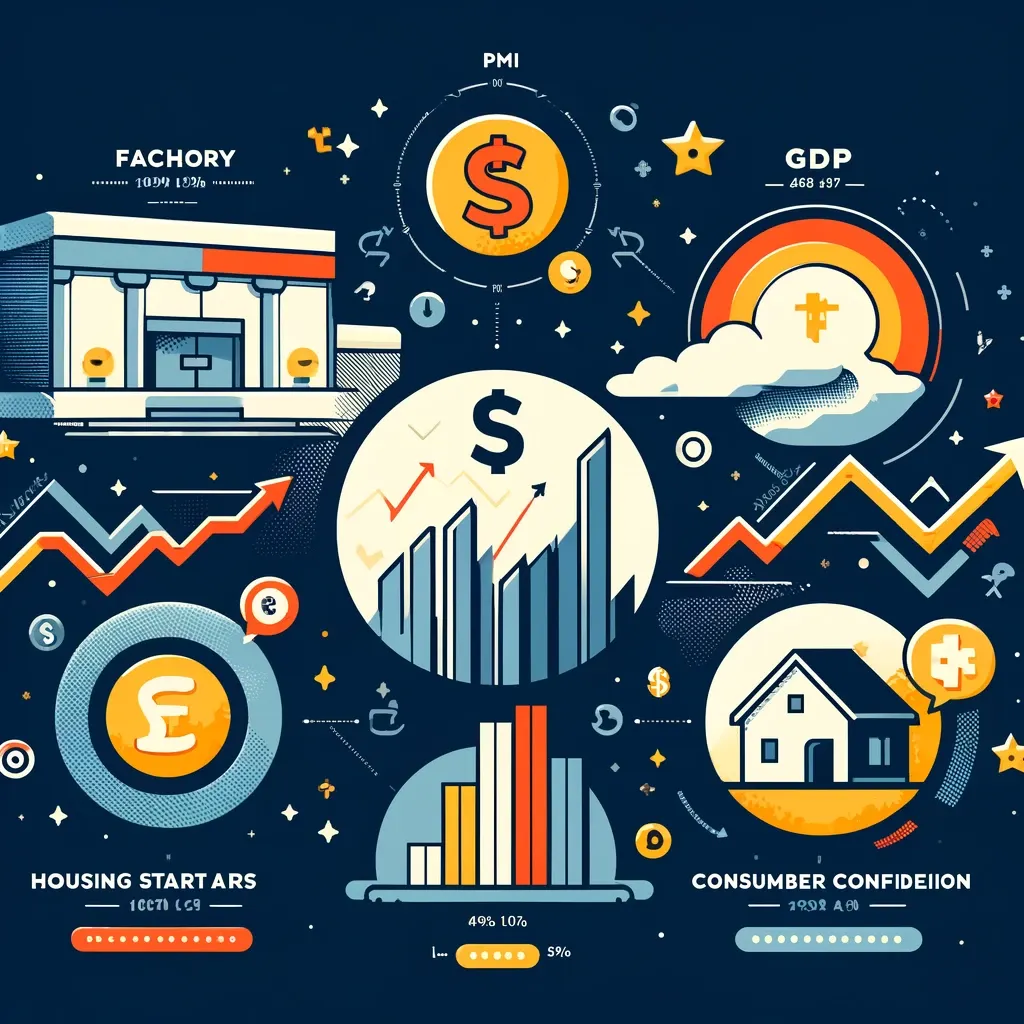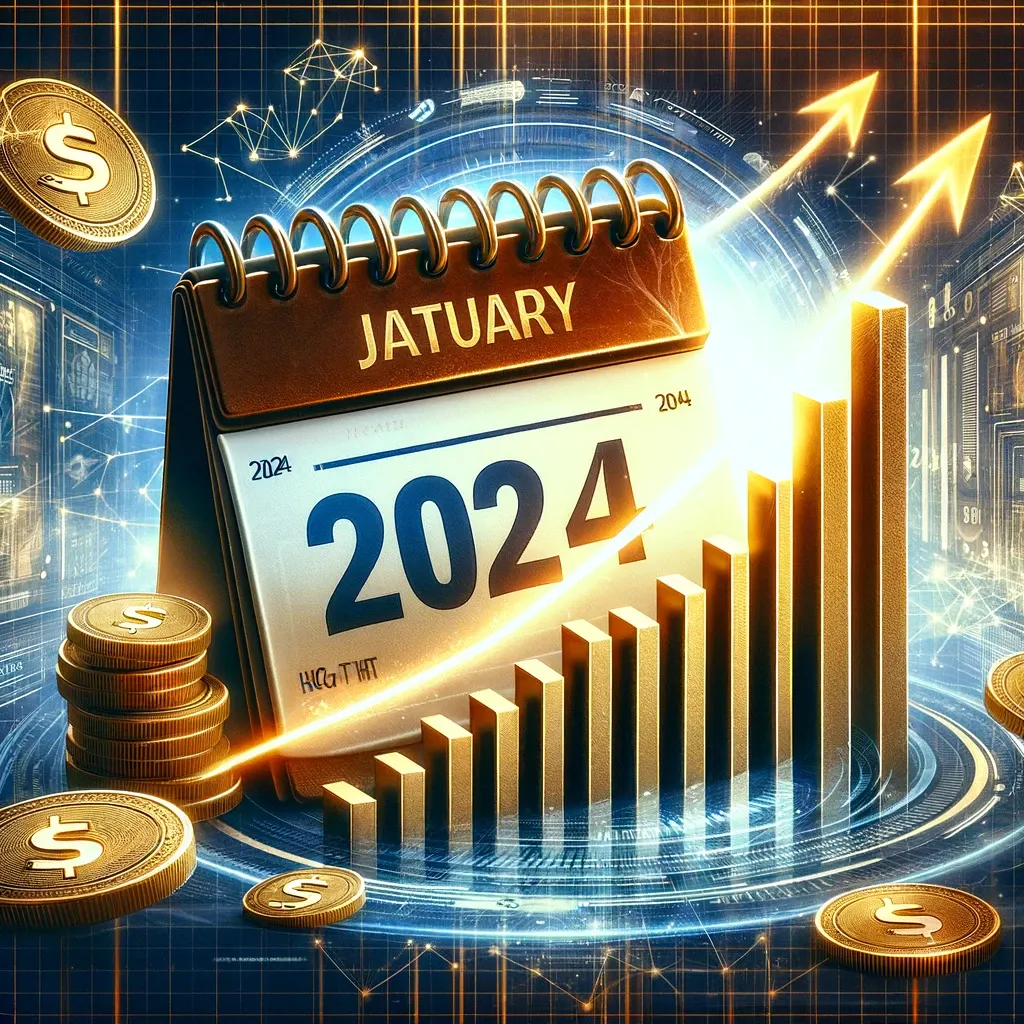Economic Indicators Impacting the Forex Market: A Trader's Guide
Introduction to Economic Indicators
For anyone engaged in forex trading, understanding economic indicators is crucial. These statistics provide significant insights into a country's economic health and heavily influence currency markets. Let's dive into which indicators are essential and how they can sway your trading strategies.

Key Economic Indicators Every Trader Should Watch
1. Gross Domestic Product (GDP)
GDP is the broadest measure of a nation’s overall economic activity and health. An unexpectedly high or low GDP growth rate can cause significant volatility in the forex market, particularly affecting the nation's currency.
2. Unemployment Rate
The joblessness rate is a key signal of economic strength or weakness. Lower unemployment rates typically strengthen the corresponding currency, as they suggest economic robustness.
3. Consumer Price Index (CPI)
CPI measures changes in the price level of a basket of consumer goods and services purchased by households. High CPI readings can indicate inflation, which might prompt the country's central bank to raise interest rates, thereby potentially boosting the currency value.
4. Central Bank Rates
Interest rate decisions are vital. They dictate the flow of global capital into and out of a country. A hike in interest rates can increase the value of that country's currency due to the higher returns on investments priced in that currency.
5. Non-Farm Payroll (NFP)
The NFP data reports on the number of jobs added in the U.S. outside of the farming industry and is a critical economic indicator. Its release can lead to significant market movements.
6. Manufacturing Purchasing Managers' Index (PMI)
PMI reflects the economic health of the manufacturing sector and is a good indicator of industrial conditions. A PMI above 50 generally indicates an expanding economy, while a figure below 50 denotes contraction, impacting the national currency accordingly.
Strategies for Trading on Economic Indicators
- Before the Announcement: Anticipate potential outcomes and plan your trading strategy around various scenarios.
- During the Announcement: Be prepared for volatility; sharp price movements are common. Use tight risk management protocols.
- After the Announcement: Analyze the outcome against expectations and adjust your strategies if required.
Utilizing Economic Calendars
Track upcoming economic events using tools like Investing.com’s Economic Calendar to stay prepared. These calendars highlight estimates, actual figures, and historical data crucial for making informed trading decisions.
Importance of Context and Correlation
While economic indicators are essential, they must be interpreted within the broader economic context. Also, understanding how different indicators correlate helps predict possible movements in forex markets more accurately.
Understanding economic indicators is fundamental for forex traders aiming to capitalize on market opportunities reflected through these metrics. By keeping an eye on these indicators, traders can gauge market sentiment and potentially predict currency movements more accurately.








